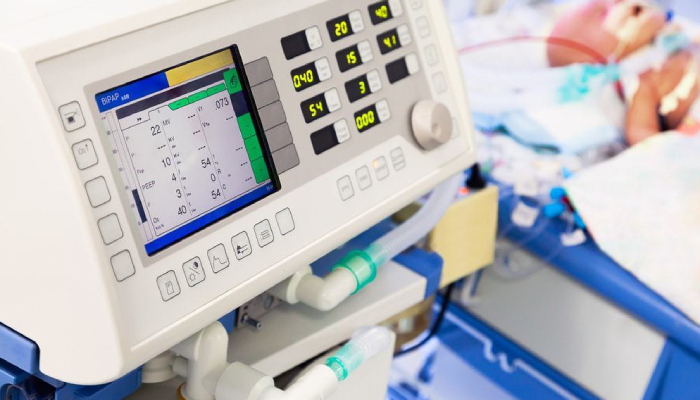Laboratory medical equipment stands as the silent backbone of modern healthcare systems, facilitating accurate diagnoses, groundbreaking research, and effective treatment plans. From the humble microscope to the sophisticated mass spectrometer, these instruments have undergone a remarkable evolution, revolutionizing the way diseases are understood and managed. In this article, we delve into the realm of laboratory medical equipment, exploring its significance, evolution, and impact on healthcare.
The foundation of laboratory medical equipment lies in its ability to analyze biological specimens with precision and efficiency. Instruments like microscopes, which have been a staple since the early days of modern medicine, enable clinicians and researchers to visualize cells and tissues, uncovering vital insights into pathological processes. Over time, technological advancements have propelled these tools into new frontiers, enhancing their resolution, automation, and analytical capabilities. Today’s microscopes can capture images at nanoscale resolutions, revealing intricate details previously inaccessible to the human eye.
The advent of automated analyzers has revolutionized diagnostic workflows, enabling high-throughput analysis of various biological samples with minimal human intervention. These systems, ranging from immunoassay analyzers to next-generation sequencers, have significantly reduced turnaround times, allowing healthcare providers to deliver timely diagnoses and personalized treatment plans. Moreover, the integration of artificial intelligence and machine learning algorithms has further augmented the analytical power of these instruments, enabling predictive analytics and pattern recognition in complex datasets.
In the realm of molecular diagnostics, polymerase chain reaction (PCR) machines have emerged as indispensable tools for detecting and quantifying nucleic acids with unparalleled sensitivity and specificity. These instruments play a crucial role in diagnosing infectious diseases, identifying genetic mutations, and monitoring treatment responses. With the emergence of point-of-care PCR devices, such as portable qPCR machines, diagnostic capabilities have been extended beyond traditional laboratory settings, enabling rapid testing in remote or resource-limited environments.

The field of Ferus Medical has witnessed remarkable advancements in instrumentation, with automated analyzers capable of performing a myriad of biochemical assays from a single sample. These analyzers, equipped with an array of detection methods including spectrophotometry and electrochemistry, enable comprehensive profiling of blood chemistry parameters essential for diagnosing and monitoring various diseases. Furthermore, the integration of multiplexing technologies allows simultaneous analysis of multiple analytes, enhancing diagnostic efficiency and reducing sample volume requirements.
In the domain of imaging diagnostics, modalities such as magnetic resonance imaging (MRI) and computed tomography (CT) have transformed medical imaging, offering unparalleled insights into anatomical structures and pathological processes. These sophisticated imaging systems leverage advanced algorithms and hardware innovations to generate high-resolution images with exceptional clarity and contrast. Additionally, the emergence of hybrid imaging technologies, such as positron emission tomography-computed tomography (PET-CT), enables multimodal imaging for precise localization and characterization of disease sites.
